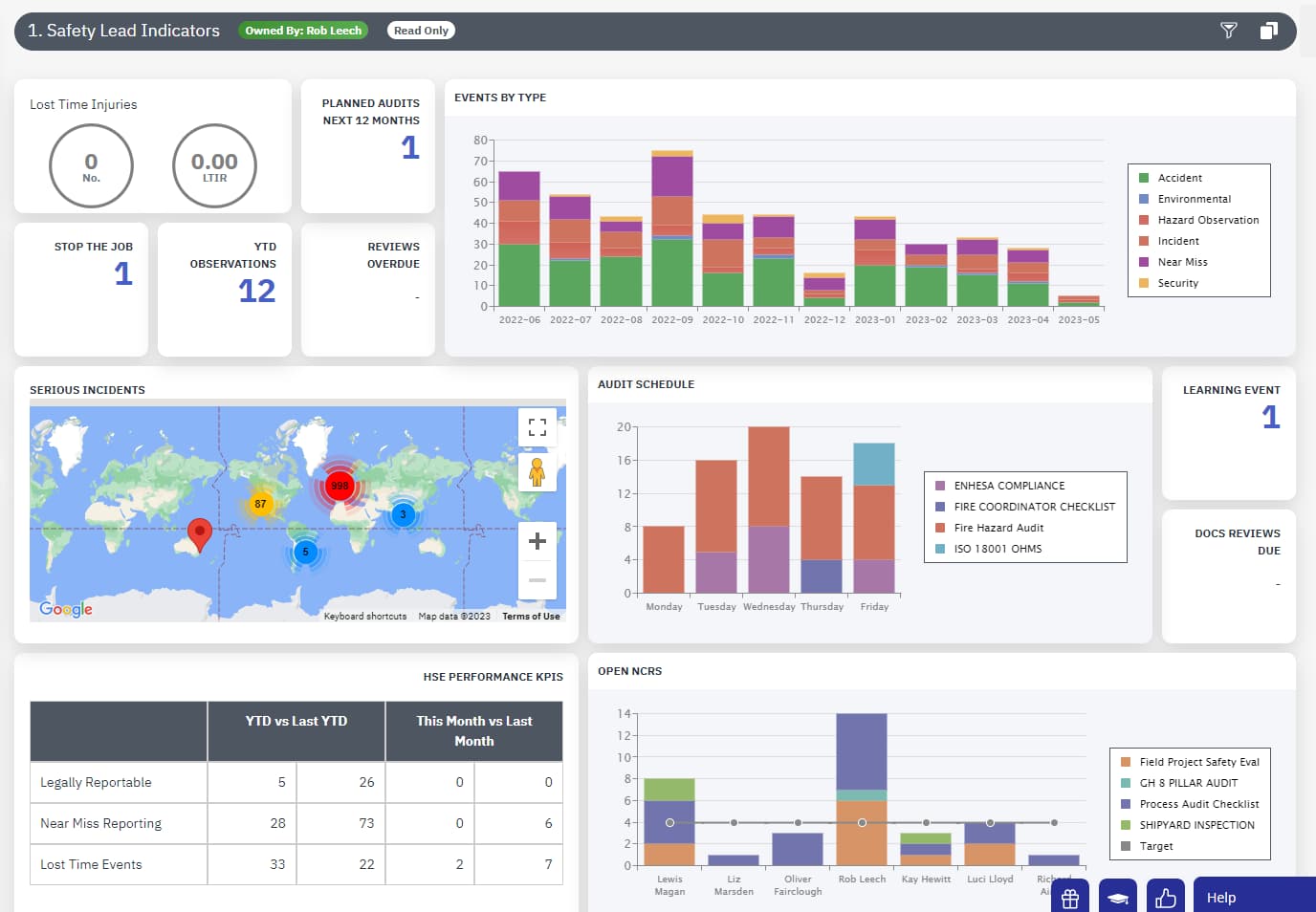
Liquefied Gas Meaning & Definition
What Is Liquefied Gas?
Liquefied gasses are gases that are in a liquid state at normal room temperature and stored in cylinders under pressure. Common examples of liquefied gases include nitrous oxide, anhydrous ammonia, chlorine, propane, and carbon dioxide.
These gases are generally stored in a cylinder, with a bit of gas filling the space just above the liquid gas. Liquefied petroleum gas (LPG) is generally available as propane, butane, or sometimes as a mixture of each. It is a colourless odourless liquid. Odorants are often added to such gases to detect any leak.
Liquefied petroleum gas is often used as fuel in many industrial applications. LPG is highly flammable, and because its denser than air, it tends to settle in low spots such as basements or drains, resulting in a suffocation hazard or increasing the risk of explosion.
It’s important to note that if LPG contains more than 0.1% Butadiene, it is also classified as a mutagen and a carcinogen. It is commonly used as lighter fuel, as a refrigerant, as a propellant, and is a widely used alternative to gasoline. In many industries, LPG is a necessary substance required for the production of plastics or other chemicals.

There many risks associated with liquefied gas. Is your business safe and secure?
What is the Importance of Identifying Health Hazards?
Exposure to health hazards can result in a series of negative effects in a person’s body. In case proper treatment isn’t provided to the employee who is exposed, they could suffer from either chronic or acute effects.
Acute effects are any effects that occur soon after exposure. They last for a brief period of time, and often escalate or diminish after a while. These can include simple things like skin irritation, or in some serious cases, can result in a lethal dose that eventually turns fatal.
Chronic effects generally manifest after exposure to a health hazard over the long term. In this situation, the effects are generally long-lasting, and often include carcinogenicity or mutagenicity.
If health hazards aren’t identified, it could result in serious injuries or health problems for workers, and it could also expose the company to costly litigation.
Types of Health Hazards
There are several key stages of a health and safety audit, especially since they are quite different from a conventional safety inspection. Audits are more comprehensive and must be planned carefully.
Chemical Hazards
Chemical hazards include the use of chlorine or pesticides, which could cause skin irritation or corrosion.
Physical Hazards
Physical hazards may include coldness, excessive heat or cold, or high amounts of radiation.
Biological Hazards
Biological hazards may include the presence of mould or fungi in the building, stinging insects, animal or bird droppings, or airborne pathogens, such as the cold. Sewage, human blood, or other blood products are also categorized as biological hazards.
Ergonomic Hazards
Ergonomic hazards in the workplace are perhaps the most common, often including bad body posture that puts excessive strain on a person’s arms or wrists.
Psychological Hazards
There are psychological hazards that employers should know about as well. These include anxiety, workplace bullying, occupational stress, or excessive fatigue.
Preventing Exposure to Health Hazards in the Workplace
To prevent exposure to health hazards in the workplace, we generally divide hazards into four main classes:
- Irritative hazards
- Corrosive hazards
- Toxic hazards
- Harmful hazards
Corrosive Hazards
Corrosive substances can cause skin burns or may result in permanent damage to a person’s eyes. As a result, it’s important for employees to avoid contact with their eyes or skin, and to avoid breathing the vapours. It’s also necessary for employees to wear proper PPE to avoid exposure.
Toxic Hazards
These are substances that can cause life-threatening effects, even with limited exposure in very minuscule amounts. It is important that employees avoid all contact with the skin or breathe the substances in. They should also avoid swallowing them.
Harmful Hazards
Harmful hazards may result in long-term health effects, even with limited exposure. Employees must not swallow, breathe, or come in contact with the substance.
Irritative Hazards
Exposure to such substances may result in irritation or result in some mild toxicity. It’s imperative that such substances be kept away from the eyes or the skin, and steps must be taken to prevent release into the environment.

Steps to Manage Health Hazards
Ideally, the best way to manage hazards in the workplace is to follow some important steps, as outlined below:
1. Identifying Hazards
Identifying hazards is often a joint effort between management and the employees. The two must work together to prepare a list of all hazards in the workplace that can result in injury or illness.
A list of all harmful substances and hazards in the workplace must be prepared. Management may:
- Ask workers to identify any hazards they have noticed in their ordinary duties
- Check machinery, equipment, or other appliances to identify issues
- Review records or injuries or near misses
- Review information from manufacturers or designers about common hazards associated with machines or equipment.
2. Assessing the Risk
At this stage, the management must determine the severity of the hazard and categorize it. It’s important to prepare a list of potential impacts that the hazard can cause and how likely it is to cause harm to employees.
3. Take Precautionary Measures
From putting up warning labels to preparing guidelines on how to avoid exposure, it is necessary for management to ensure that they take necessary precautionary measures to mitigate the risk associated with the hazards as much as possible.
4. Evaluate the Results
Once precautionary measures have been implemented, it is also necessary for employers to ensure that they evaluate the results and determine how successful these changes have been.
The findings must be recorded and reviewed regularly to ensure that the hazard remains under acceptable levels.
Reduce Workplace Incidents by Managing Chemical Risk
Empower your team to handle chemicals with confidence. Download Your FREE Guide to Effective Chemical Risk Management!
Use EcoOnline’s Health & Safety Software to Manage the Safety of Your Workforce
EcoOnline’s Health & Safety Software allows you to engage your entire workforce to identify any hazards and mitigate risk. It allows you to standardize your approach to risk management by using different software modules based on your requirements to ensure workplace safety!




